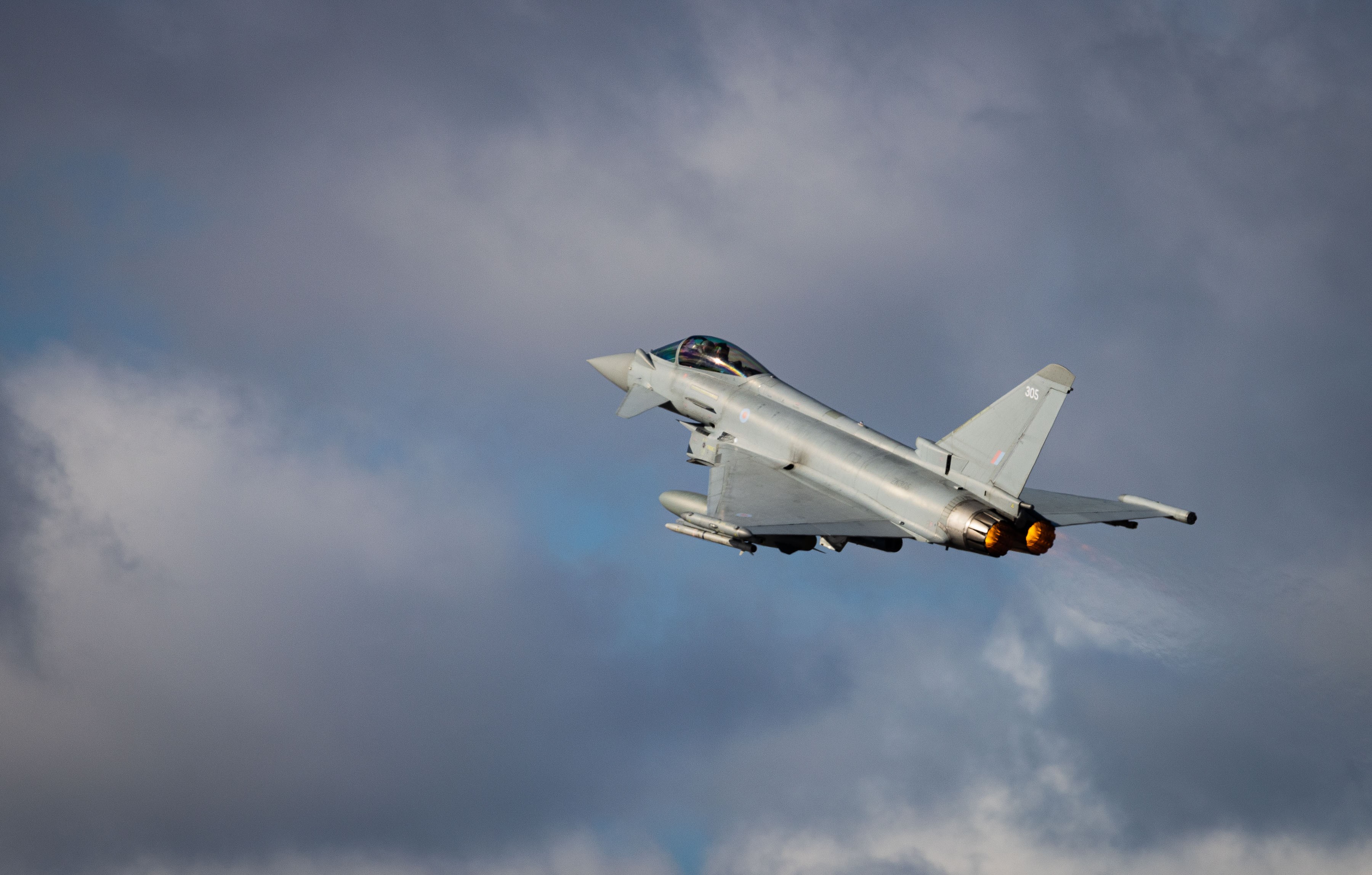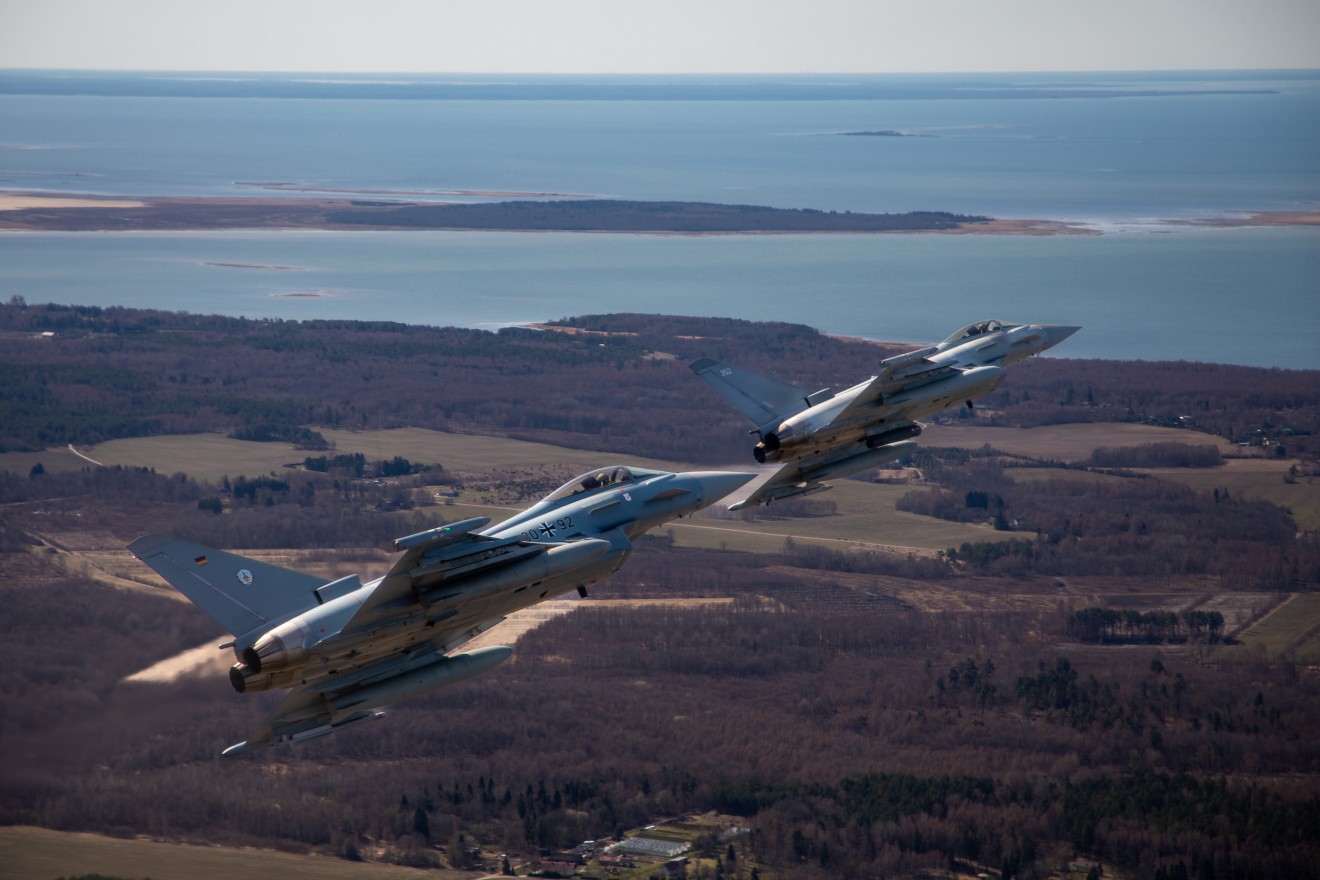The scenario has become routine in recent years. But this particular alert was unique — it was undertaken by a German Air Force Eurofighter flying alongside a UK Royal Air Force Eurofighter Typhoon. It was the first UK-German combined NATO Air Policing interception.
The job wasn’t over even after the tanker had been intercepted, because the pilots were then tasked to intercept a Russian Antonov 148.
It marked a busy start of the first UK-German combined NATO Air Policing effort.
And for RAF pilot Flt Lt Charlie Tagg (IX (B) Sqn) those early scrambles were proof that the concept is working well. He says: “Within days we had conducted several successful intercepts which ran exactly as if both aircraft were from the same nation. That's a testament to the two Air Forces’ ability to interoperate.
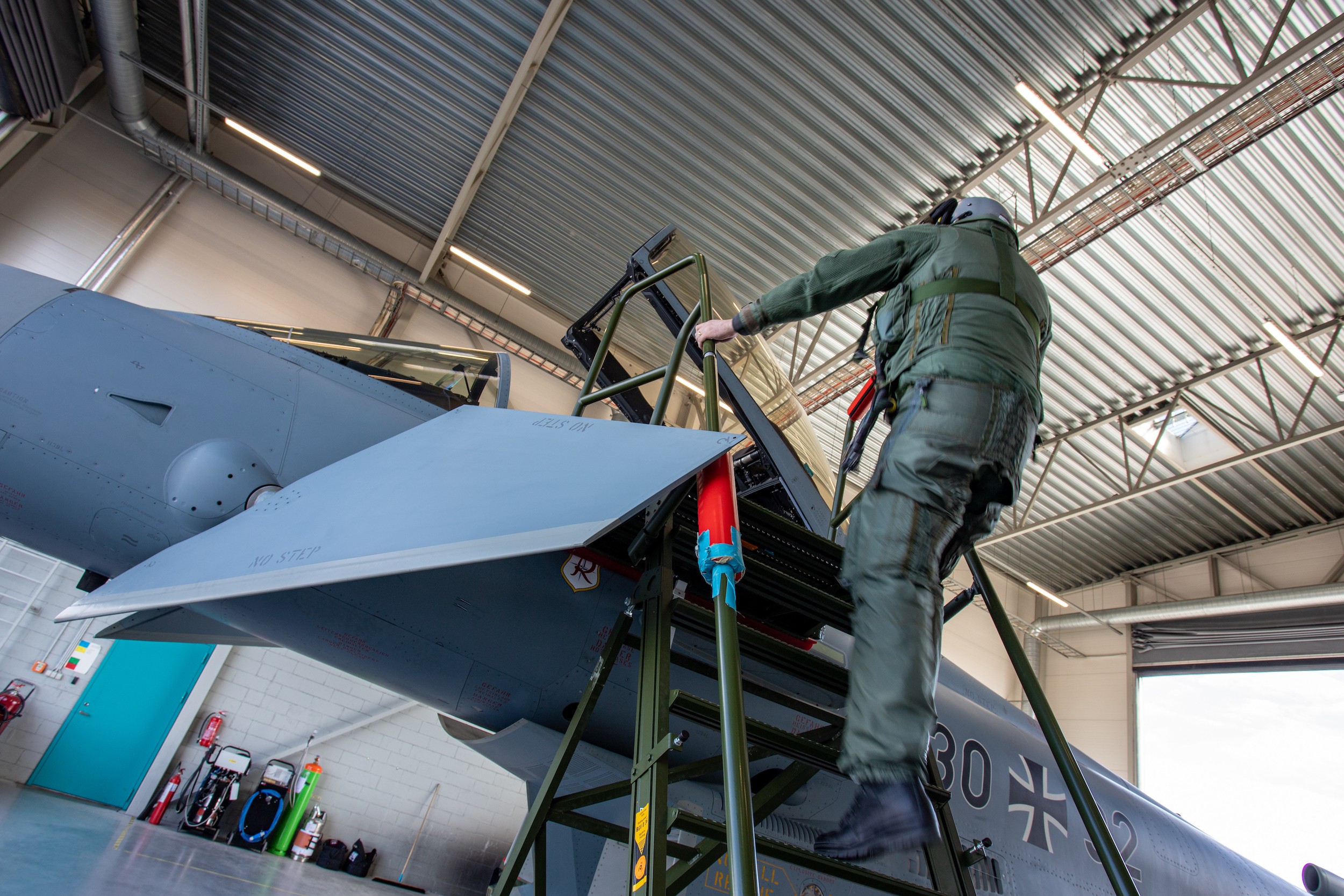
“As with every new partnership, there are differences and the occasional frustration but those are being ironed out. The more we operate together the more we are able to embrace our differences. Now each nation is using them to learn and broaden their operational outlook.”
Typically, one individual nation will take on an air policing task in rotation — bringing the jets and ground crew it needs for a four-month stint. In this instance, the shared working has allowed each nation to slim down their needs.
“Our goal is to reduce the personnel and equipment needed to deploy an effective fighting unit, freeing up resources for other tasks.”
Flt Lt Tagg says: “The most visible benefits are from the engineering perspective. Excluding a few software differences, the RAF and German Eurofighters are essentially the same, meaning each nation can deploy with a smaller engineering footprint — both personnel and equipment.
“From the pilots’ point of view the biggest challenge lies in the differing security levels we adhere to. For example, the flight planning and debriefing software is different between the two nations.
“There are also subtle differences in the operational and tactical way of doing things. This is something that we will work on for the future and will form part of improving the interoperability between our two nations.
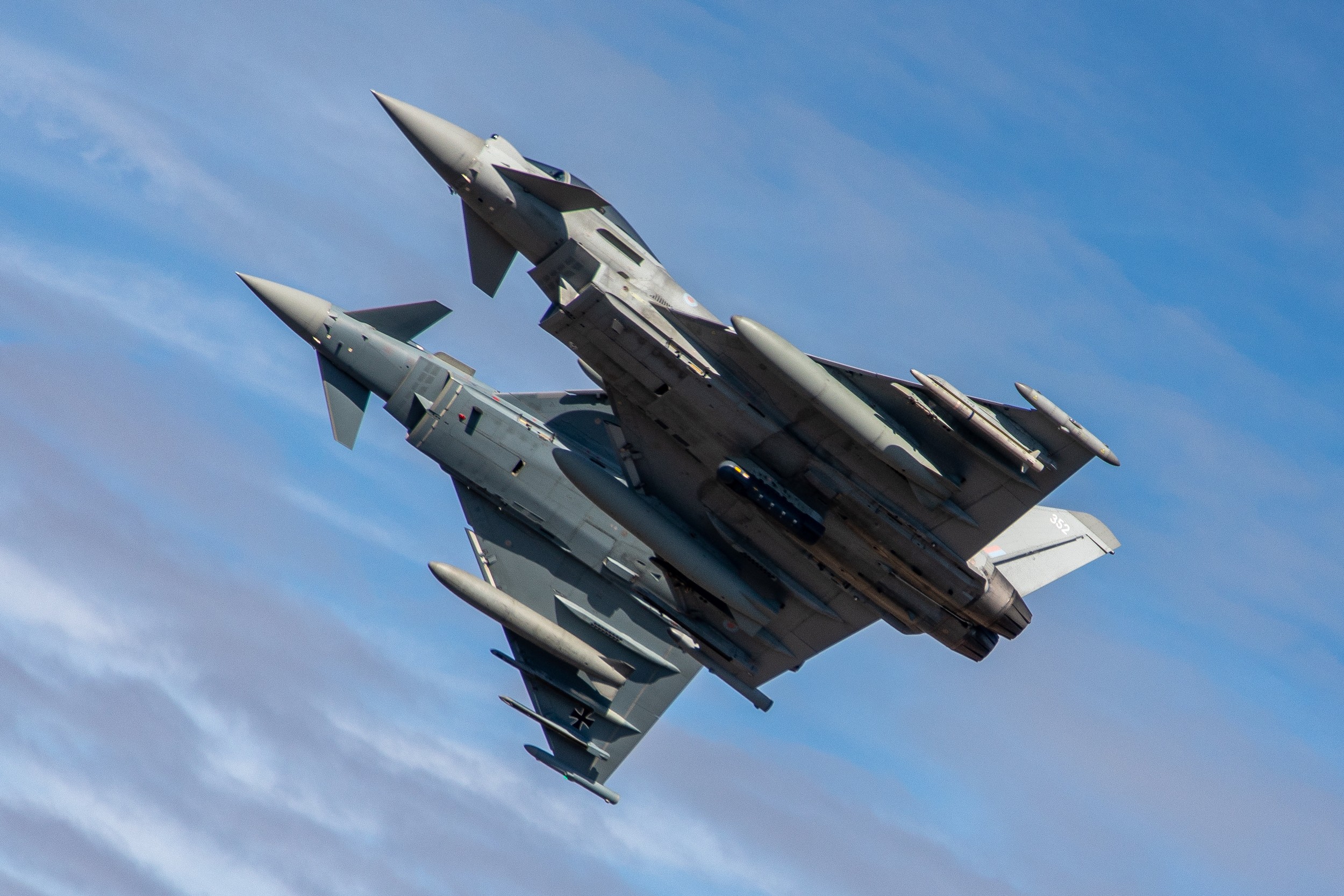
His ‘new’ colleague German Air Force pilot LtCol Christoph Hachmeister (DEU DetCo) agrees: “This combined mission is a good opportunity to enhance our capabilities and interoperability.
“The German Eurofighter and the British Typhoon look pretty much the same but they are not identical systems. We are still making both systems comparable, especially for the first and second line of maintenance. That said, working on general parts of the aircraft is not a big challenge.
“As for flying in a multinational environment, well that’s normal for the aircrews. After one or two familiarisation flights the small differences were addressed. Pilots train to operate in a multinational environment pretty much from the beginning of our careers. But when it gets to national secret systems and data, the interoperability stops.
The number of scrambles has been higher than what we encounter back in the UK.
“Our goal is to reduce the personnel and equipment needed to deploy an effective fighting unit, freeing up resources for other tasks.”
So how does it work? Who calls the shots? It's simple, one nation has the lead as the single point of contact in the NATO command structure. Germany was in charge in March, then at the beginning of April, the UK detachment took over
Flt Lt Tagg explains: “The lead nation pilot is responsible for the day-to-day tactical operation of QRA, for example making the ‘go / no-go’ decisions based on the weather and, once airborne, the overall running of the sortie.”
Given the state of the world right now there is now greater awareness of the need for the NATO Air Policing missions. It’s also meant that this has been a busy deployment.
Flt Lt Tagg says: “Given the proximity of Russia to Amari Air Base, the number of scrambles has been higher than what we encounter back in the UK. However, so far, all the flights we’ve conducted have been benign, with aircraft transiting close to, but not within, NATO airspace.
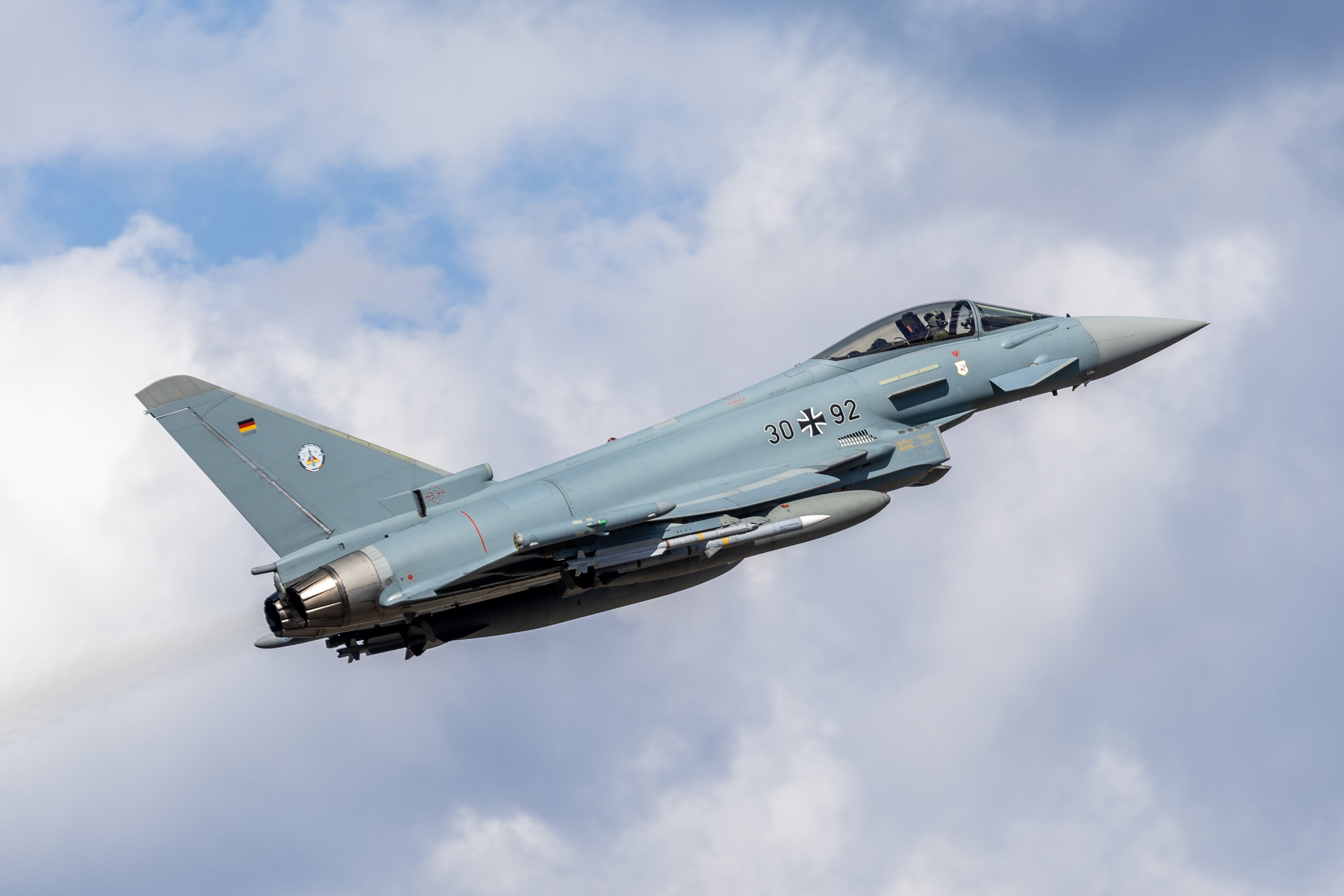
“The main reason for us getting airborne to make an intercept is that the target hasn’t identified itself to civil or military air traffic control. By getting alongside them as quickly as possible, we can accurately identify and pass details on. This gives NATO an idea of the aircraft’s likely intentions and destination so that they can coordinate airspace accordingly. If the target manoeuvres too close to NATO airspace, then the controlling agency will coordinate our response.
From a German perspective it’s been a busy rotation too: “In Germany our air wing handles protecting the NATO airspace next to the Baltic Sea. But here in Ämari the number of A-Scrambles is definitely higher.
“If called to intercept Russian aircraft, our first task is to identify it. A ground controller will give us the initial information, where to fly, until we detect it with our onboard radar. As we close in, we visually identify the aircraft and pass all relevant information on to the Control and Reporting Center. A follow up task could be to escort the plane through international airspace until it reaches the Russian border. Or we might break off while another QRA team from the Baltic region takes over.”
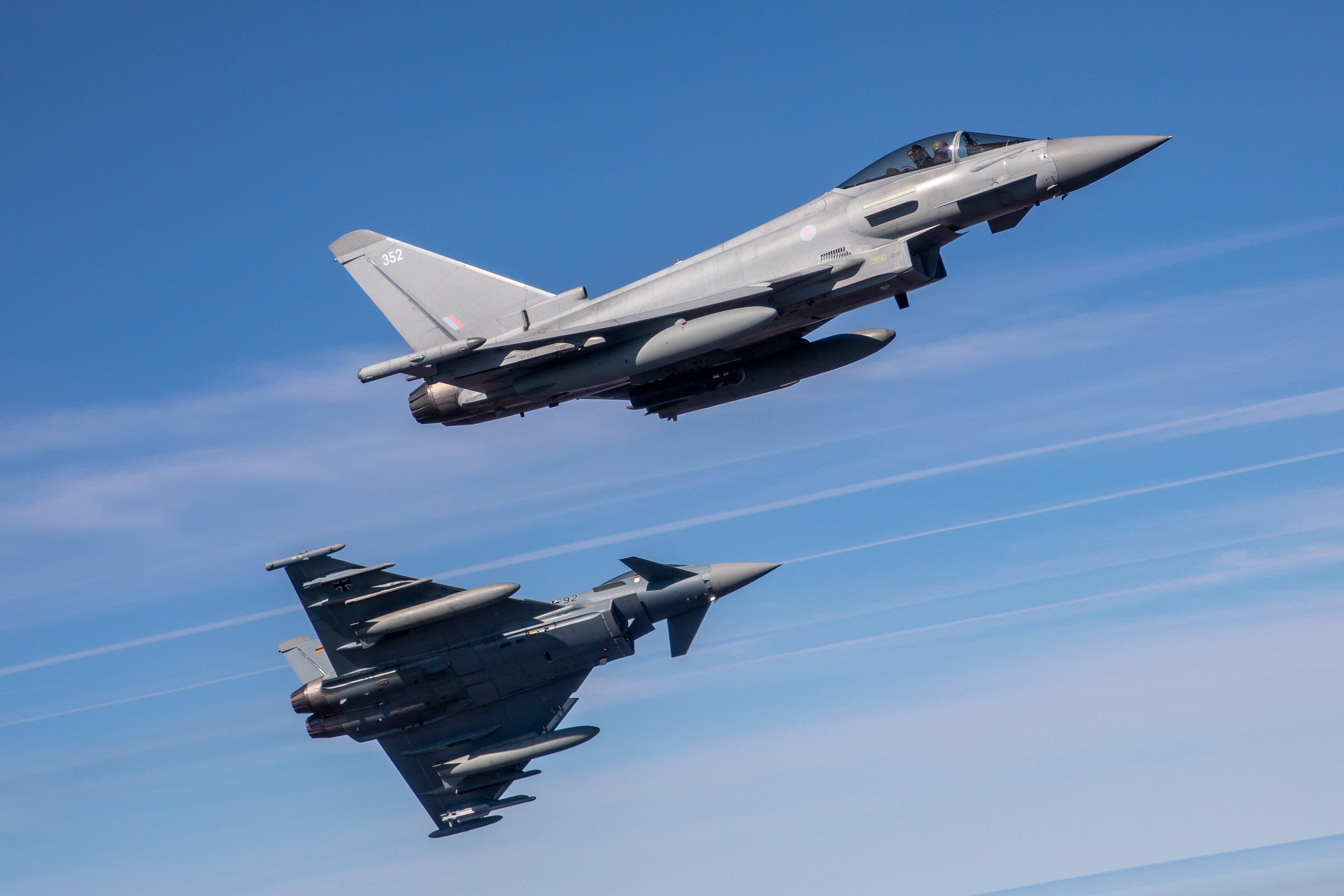
For the crews from Germany and the UK this two month rotation didn’t happen by overnight — it was the result of months of planning.
LtCol Hachmeister explains: “We started this project together in 2018. After the first exchanges in 2019 and 2020, we had our first mission together for two weeks in Constanta Romania.”
There the forces worked alongside one another but weren’t combined like they are in Estonia. Since then, RAF engineers have visited Laage Airbase in Northern Germany, while German Air Forces engineers have been to RAF Lossiemouth in Scotland. German pilots also flew to RAF Lossiemouth to align their Standard Operating Procedures.
“The combined air policing in Ämari was the next step. Looking to the future similar projects between Germany and Spain, and Germany and Italy, are in development.”
